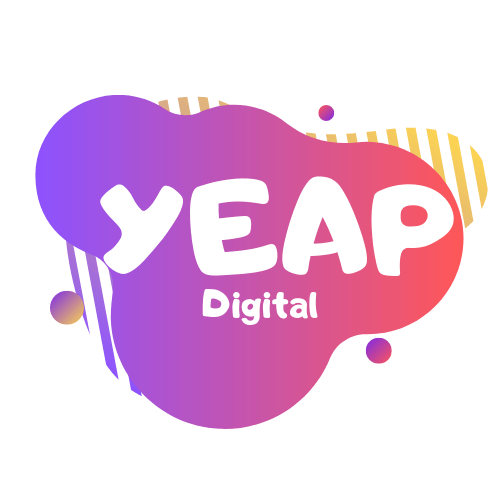What is Typography? Why is it Important?
Did you know that the first-ever type of written communication recorded can be traced back to ancient cave paintings older than 35,000 BC? Formal writing, however, is said to have come about around 3,500 BC, as developed by the Ancient Sumerians. Since that time several different types of writing have been established using upper and lower case letters, as well as handwriting. And when typewriters and computers got involved, typography also came into the mix. But what exactly is typography? Why typography is important for web design and any other digital marketing project?
What is Typography?
Typography can be defined as the “visual component of a word”. It can be found all over – on billboards, on webpages, in books, in magazines, and so on and so forth. Typography is basically the design of the word. It includes the font type, the font size, the font color, as well as the layout and alignment of the words.
Fun fact: The first-ever example of typography can be found in the Gutenberg bible. It’s known as “Textura” and most computer-based applications have it readily available for use in the drop-down font boxes.
Typography might not seem like anything special – just choose a font you like and you’re good to go right? Nope. It couldn’t be more wrong. When it comes to areas such as branding, marketing or web design, typography means a lot. Not only does typography affect the overall image of your brand and your business website, but it will also convey a certain message to your audience and elicit specific emotions. So it must be properly used for a better website UI design and UX design.
What are the 7 Elements of Typography?
- Fonts/Typefaces: The visual representation of a character or text.
- Contrast: The different colors, sizes, and styles of text you use to divide a page.
- Consistency: Patterns of the font within your page.
- Whitespace: The area around your text that prevents it from looking cluttered.
- Alignment: The arrangement of your words and text.
- Color: The color of your text.
- Hierarchy: Headings, subheadings, and body text.
Why Typography is Important for Web Design?
Professional and stylish web design is vital to ensure a site provides a good user experience. Any element on your website can have a huge impact on usability. Typography is often overlooked, but an indispensable part of the web design processes. It should never be overlooked during a web design project.
Did you know that more than 95% of information online is written? And getting the typography of that written information right can help to set the tone for your website. Think about it, which website would you trust more – a website that is cluttered with a font that is difficult to read? Or a website that is well put together, with a legible, professional font? To dig a little deeper, good typography will:
- Enhance the personality of your website.
- Establish and build brand recognition.
- Establish professionalism.
- Influence decisions.
- Grasp and maintain the attention of readers.
- Reduce bounce rate, increase dwell time.
- Boost the conversion rates.
Remember, typography will be the first thing a reader notices when they visit your website – long before they look at the content. As a result, it holds great vital for landing pages as well. It will be what attracts people to or what drives people away from your page. In return, it’s essential that you get it right.
So how can you make sure you get it right? Here are some simple tips for optimizing your web page’s typography:
- Select three or fewer fonts – It’s okay to change up the font to break up your page, but too many different fonts can become distracting. Keep your font numbers to three or less and make sure the fonts you choose to complement one another.
- Stick with standard fonts – Avoid using anything too fancy or frilly. The more basic the font, the more professional it looks. Fonts like Arial, Times New Roman, and Open Sans work the best.
- Limit your lines – Aim for 60 characters or less per line for better readability.
- Avoid using all caps – ALL CAPS LOOKS UNPROFESSIONAL. Well, mostly. Of course, it has use areas such as cover photos, billboards etc. But for the web page texts, stick with the proper use of lowercase and uppercase letters.
In conclusion, as typography makes a huge impact on your audience, it should be considered in any web design, e-mail marketing, graphic design and any digital marketing campaign.




